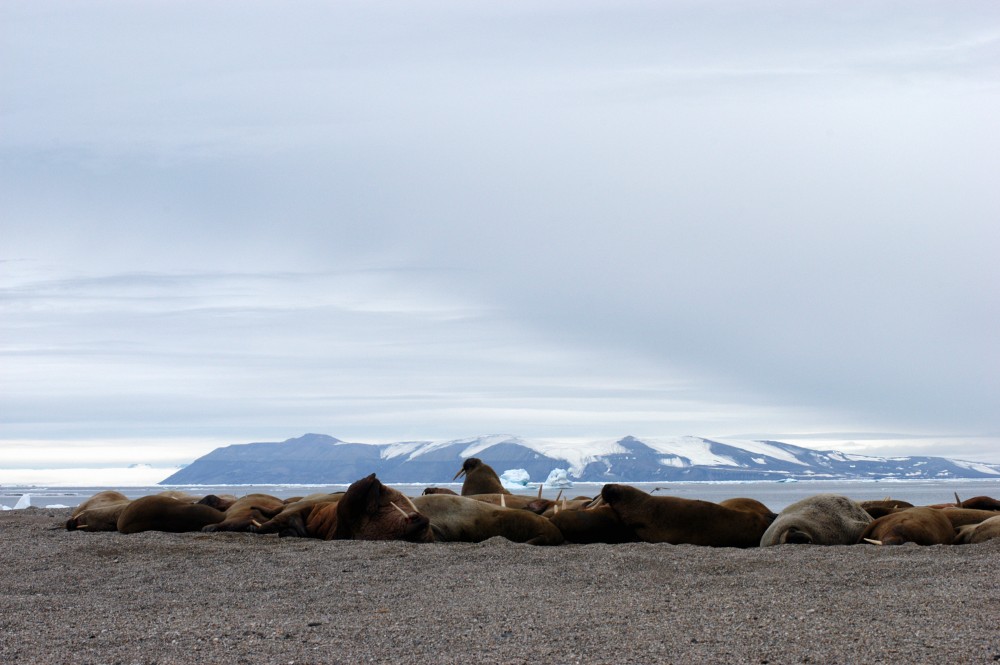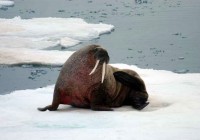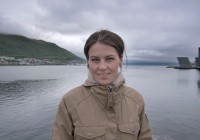
A record number of Atlantic walruses recorded in the Russian Arctic
ADVERTISEMENT
The press service of the Russian Arctic National Park reported that on the 9th of September, a scientific Russian expedition, initiated by the Arctic Scientific Center of Rosneft, had returned to Arkhangelsk from the Arctic. The expedition’s aim was to conduct environmental monitoring of the Red Data Book (a state document recording rare and endangered animal, plant and fungi species) species for the second year in a row on Franz Josef Land and Novaya Zemlya.
Having studied the data collected by camera traps installed in the areas during last year’s expedition, scientists had discovered new food bases and rookeries for walruses to explore during this year’s expedition.
During the expedition, scientists and zoologists from the A.N. Severtsov Institute of Ecology and Evolution, the Lomonosov Moscow State University Marine Research Center, as well the Russian Arctic National Park, examined 34 islands on Franz Josef Land, Novaya Zemlya and Victoria Island. Using unmanned aerial vehicles, a census of the number of walruses at the largest rookeries in the three areas were carried out.
According to preliminary data, more than seven thousand walruses were recorded, which is two times as many as last year. This was also when the largest walrus habitat in the history of Arctic exploration was found on the northernmost island of the Franz Josef Land archipelago, the Eva-Liv island.
Some of the areas covered in both this and last years’ expeditions are Russian Arctic national parks. According to the head of the expedition, Svetlana Artemyeva, “the territory of the national parks is optimal for Atlantic walrus tracking, because at least one large group of the animal lives there. The archipelago itself is quite convenient for exploring rookies too as the distances are small and there is a huge number of haul-outs areas for Walruses to utilize.”
This year the expedition’s crew tagged 16 satellite tracking devices onto walruses. The walrus females and calves were prioritized in this year’s tagging process.

ADVERTISEMENT
ADVERTISEMENT
The Barents Observer Newsletter
After confirming you're a real person, you can write your email below and we include you to the subscription list.




